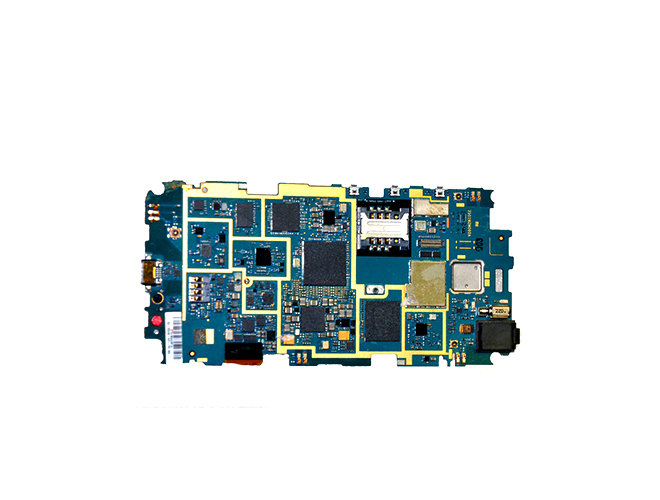-
CN
-
Service Hotline
+8618129931046 Mr. Liao


Time:2025-06-27 Views:1

The design of high - speed backplanes in PCB multilayer boards is a critical aspect in modern high - performance electronic systems, especially in data centers, servers, and high - end communication equipment, where the transmission of large amounts of data at high speeds is required.
One of the key considerations in high - speed backplane design is signal integrity. As data transfer rates increase, issues such as signal attenuation, reflection, crosstalk, and skew become more pronounced. To address these problems, careful attention must be paid to the layout and routing of the traces on the multilayer PCB. Differential signaling is commonly used in high - speed backplanes, as it provides better immunity to noise and interference. The traces for differential pairs need to be routed symmetrically and with controlled impedance to ensure consistent signal propagation. Additionally, proper termination techniques, such as series and parallel termination, are employed to match the impedance of the traces and minimize signal reflections.
Layer stack - up design is also crucial for high - speed backplanes. The selection of dielectric materials with low dielectric constant (Dk) and low dissipation factor (Df) can reduce signal loss and improve the overall performance of the backplane. For example, materials like Rogers RT/duroid series are often used in high - speed applications due to their excellent electrical properties. The number of layers and the arrangement of power, ground, and signal layers need to be carefully planned. Power and ground planes should be placed close to each other to create a low - impedance power delivery network and reduce electromagnetic radiation. Signal layers should be interleaved with power and ground planes to provide effective shielding and reduce crosstalk between different signal traces.
Thermal management is another important aspect of high - speed backplane design. High - speed backplanes often carry a large number of high - power components, such as high - speed connectors and integrated circuits, which generate significant heat. Multilayer PCBs for high - speed backplanes can be designed with built - in thermal vias and heat - spreading layers to improve heat dissipation. The use of heat - sinks and forced - air cooling systems may also be necessary to maintain the operating temperature of the backplane within acceptable limits.
Furthermore, mechanical design considerations are essential for high - speed backplanes. The backplane needs to be robust enough to withstand the mechanical stresses during assembly, handling, and operation. The design of the connectors and the overall mechanical structure of the backplane should ensure reliable electrical connections and prevent signal degradation due to mechanical vibrations or shock. In summary, the high - speed backplane design of PCB multilayer boards requires a comprehensive approach that addresses signal integrity, layer stack - up, thermal management, and mechanical design to meet the demanding requirements of modern high - speed electronic systems.